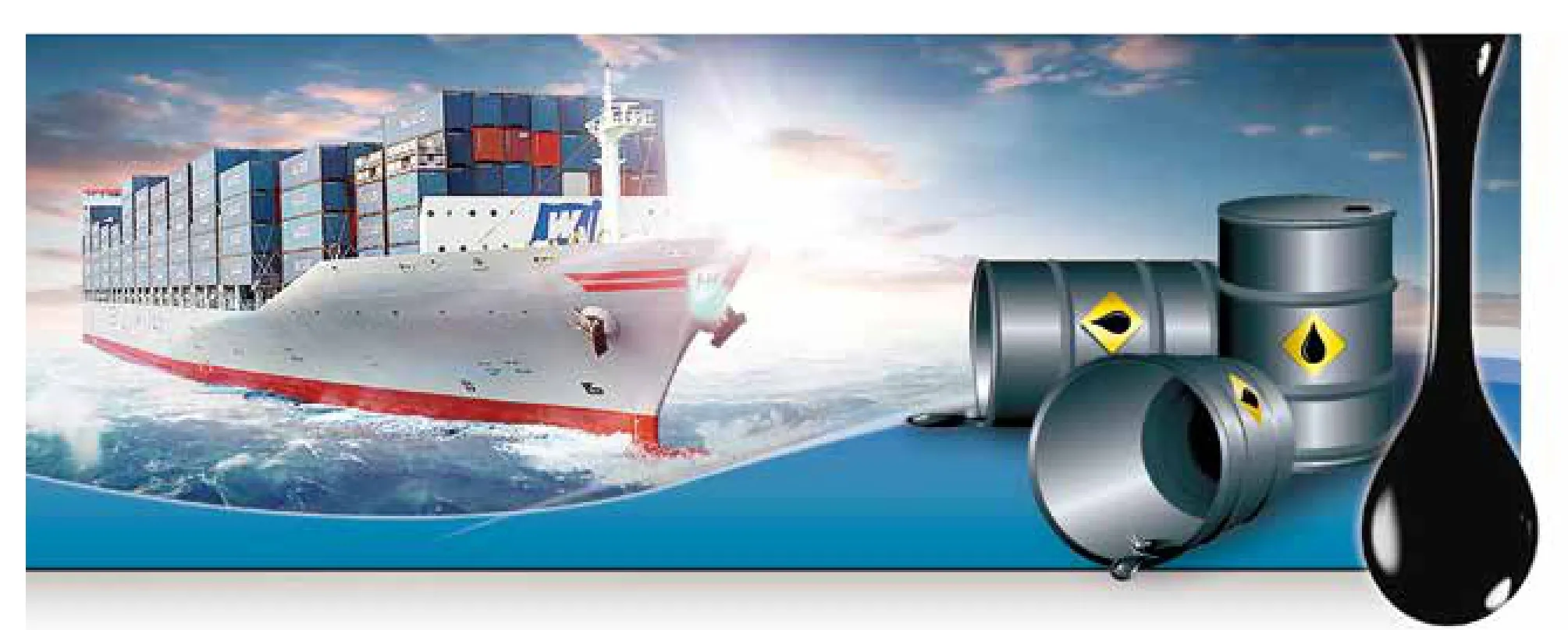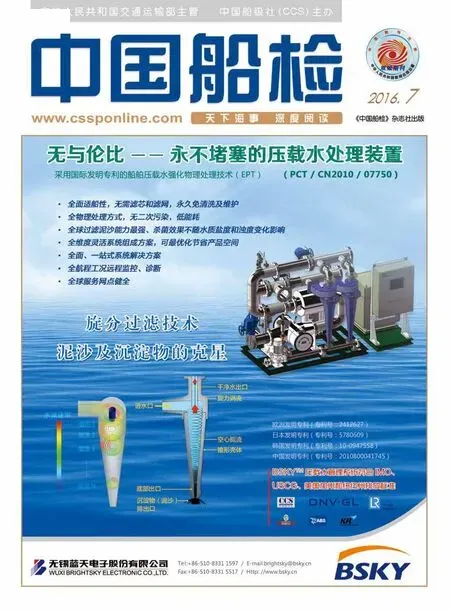Low Oil Price Stirring the Market Pattern of Container Shipping
By Wei Yiping & Jiang Nanchun

Many observers in the industry believe that the falling oil price is one of a few factors that have enabled container shipping survive over the past few years.
Russ Johnson, the partner of SeaIntel, said in the global container shipping conference in London in April, “in the past year alone, the oil price has fallen down half,and then fell yet another half in 2016, now the oil price is under $200 per ton. Now it seems that the oil price has hit the bottom. The economists predict that in the third or fourth quarter this year, the demand will catch up with the supply, and stocks are expected to reduce.Although the rising speed of oil price is still uncertain, it will nevertheless have signif i cant impact on carriers and terminal operators.”
However, since the cost of oil is no longer the main factor considered by shipping companies, the rules for the game are undergoing huge changes.
According to the reports of Denmark maritime consulting company SeaIntel, from last October to February this year, there are 115 ships which transported goods from Asia to Northern Europe and the east coast of the US chose to detour via the Cape of Good Hope rather than taking the short cut route via the Panama Canal and the Suez Canal on their return journey. This is very rare since the birth of the international container shipping half a century ago.
In general, the Asia-Europe route is a mature route which begins from the far east and goes via the Suez Canal after sailing over the Indian Ocean. It would take 15 to 25 more days if ships sail around the C. Agulhas at the southern tip of South Africa (commonly known as the path of the Cape of Good Hope) at the same speed.
The report of SeaIntel believes that the current slump in oil price is the main reason for shipping companies to detour around Africa and consume more fuel and time rather than paying high tolls to go through the Suez or the Panama Canal.
In the future, whether the route of the Cape of Good Hope will become the new normal of Asia-Europe and Asia-east US line? The author believes that it depends on the trend of oil price and the game between the shipping company and the canal authorities.
Due to the decrease of oil price, the carriers do not care about their ships sailing over hundreds of miles to call at the cheaper ports. The geographical advantage of the hub ports locating near the main trade channel was greatly weakened.
It will also affect large transshipment ports: calling at the transshipment hub port for a discount of 10%~20%will be less attractive than canceling the transshipment and changing to direct line. The low price plus the weak freight rate may produce rapid positioning service routes or the operator of niche markets. When the ship price is very low, some speculators will take advantage to provide new service routes to see if they can make money. In fact, one carrier is taking advantage of low freight rate and oil price to provide direct service line from Shanghai to Rotterdam by chartered ships.

